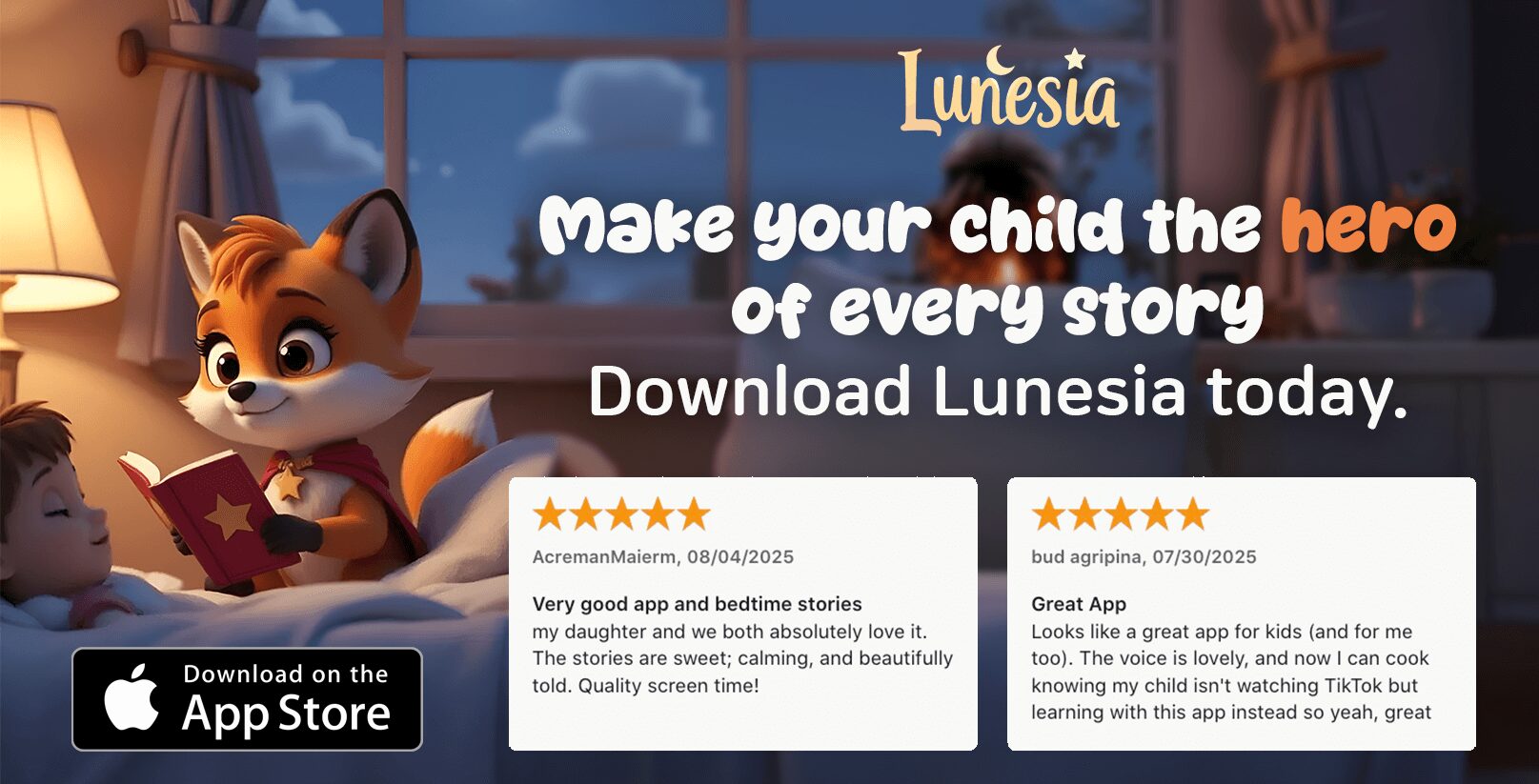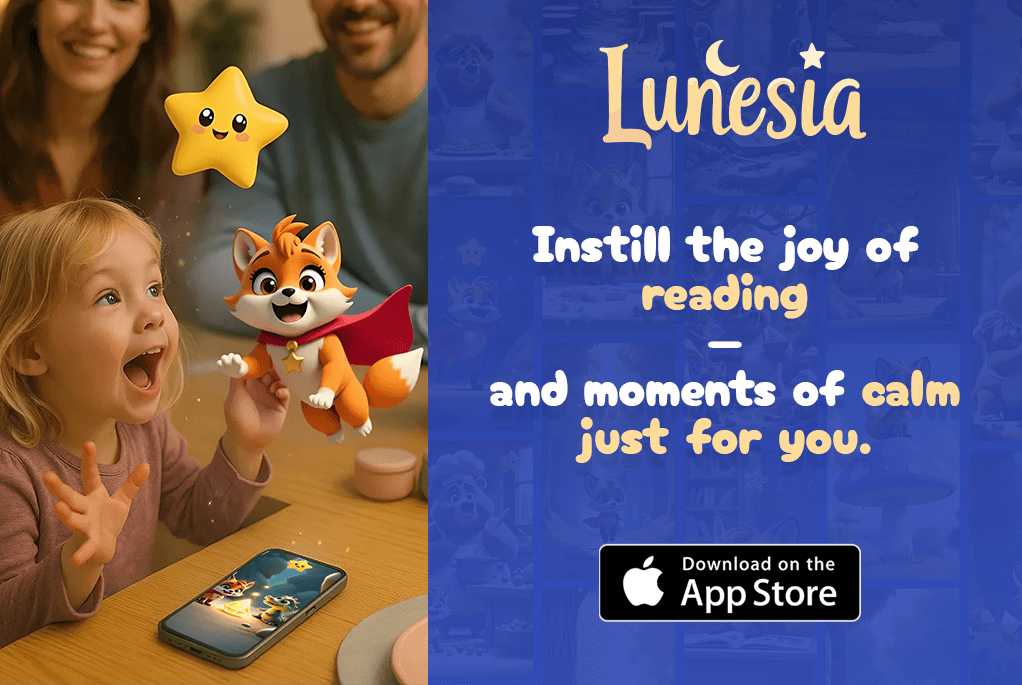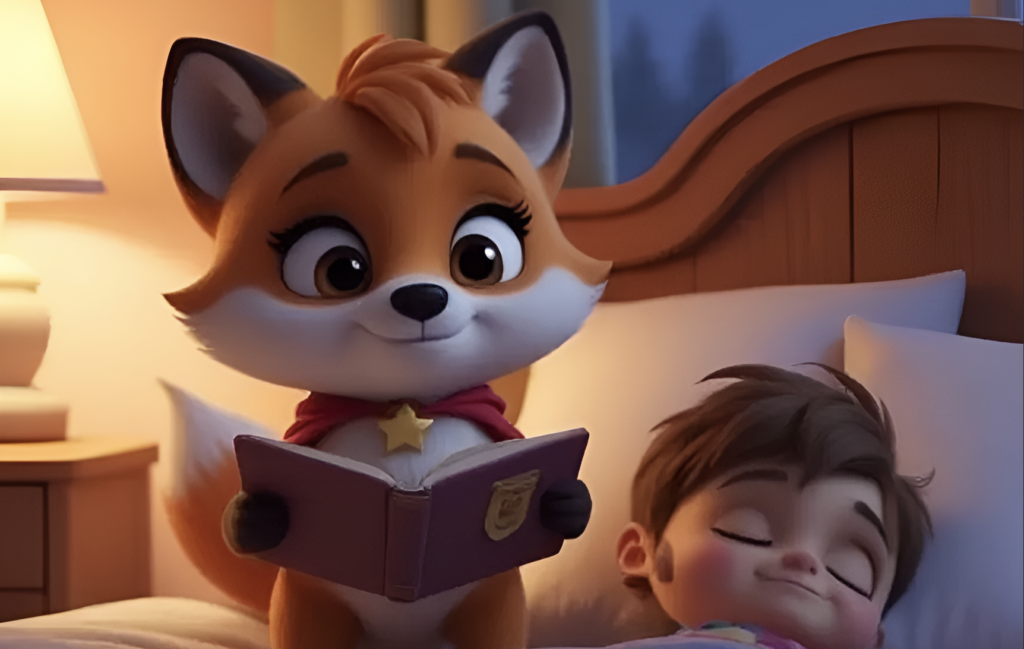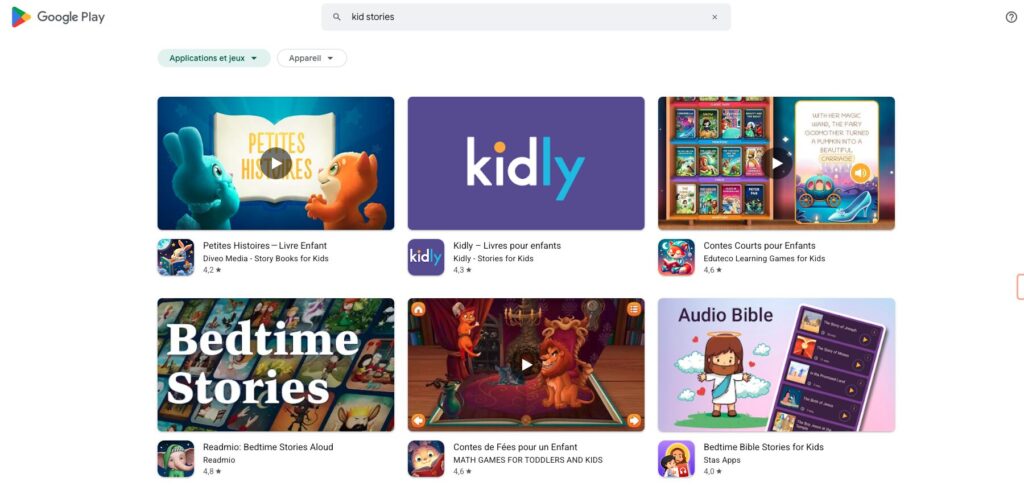I’ll never forget the first time I sat down with my child for a bedtime story. The room was quiet, the lights were dim, and I held a well-loved book in my hands. As I began to read, I noticed how my voice could transform the words into a magical experience. That moment became a cherished part of our nightly routine.
Storytelling is more than just reading words on a page. It’s about creating a connection, sparking imagination, and building memories. Whether you’re flipping through a book or crafting your own tale, the right approach can make all the difference.
In this guide, I’ll share seven pro tips to help you master the art of storytelling. From mastering the “three Ps” (pitch, pacing, and pausing) to blending traditional reading with interactive elements, these strategies will keep your child captivated. Let’s make every bedtime a special time for you and your little one.
Essential Elements of an Engaging Bedtime Story
There’s something magical about the quiet moments before sleep, when a story comes to life. The right elements can transform a simple tale into an unforgettable experience for your child. Let’s explore the key components that make a story truly captivating.
Pitch, Pacing, and Pausing for Maximum Impact
Mastering the “three Ps” is crucial for keeping your child engaged. Pitch helps convey emotions—higher tones for excitement, lower tones for suspense. Pacing involves adjusting the speed of your reading to match the mood. A slow, steady rhythm can soothe, while a faster tempo builds excitement.
Pausing is equally important. A well-timed pause can heighten suspense or give your child a moment to absorb the story. For example, pausing before revealing a character’s decision can make the moment more impactful.
Creating Mood with Voice and Action
Your voice is a powerful tool for setting the tone. A soft, gentle tone creates a calming atmosphere, while a lively, expressive voice brings adventure to life. Experiment with different tones to match the story’s mood.
Incorporate actions like hand gestures or facial expressions to make the story more interactive. This not only keeps your child engaged but also helps them visualize the narrative.
“The magic of storytelling lies in the way you bring the words to life.”
| Element | Purpose | Example |
|---|---|---|
| Pitch | Conveys emotion | High pitch for excitement, low for suspense |
| Pacing | Sets the tempo | Slow for calm, fast for action |
| Pausing | Builds suspense | Pause before a big reveal |
| Voice | Creates mood | Soft for soothing, lively for adventure |
By focusing on these elements, you can craft a story that not only entertains but also creates lasting memories. Remember, the way you tell the story is just as important as the story itself.
Expert Tips on how to tell bedtime story
Every night, I look forward to the special bond that forms during our storytelling ritual. It’s a time when creativity flourishes, and my child becomes an active participant in the story. By incorporating interactive techniques, props, and a blend of traditional and original storytelling, you can make this nightly routine unforgettable.
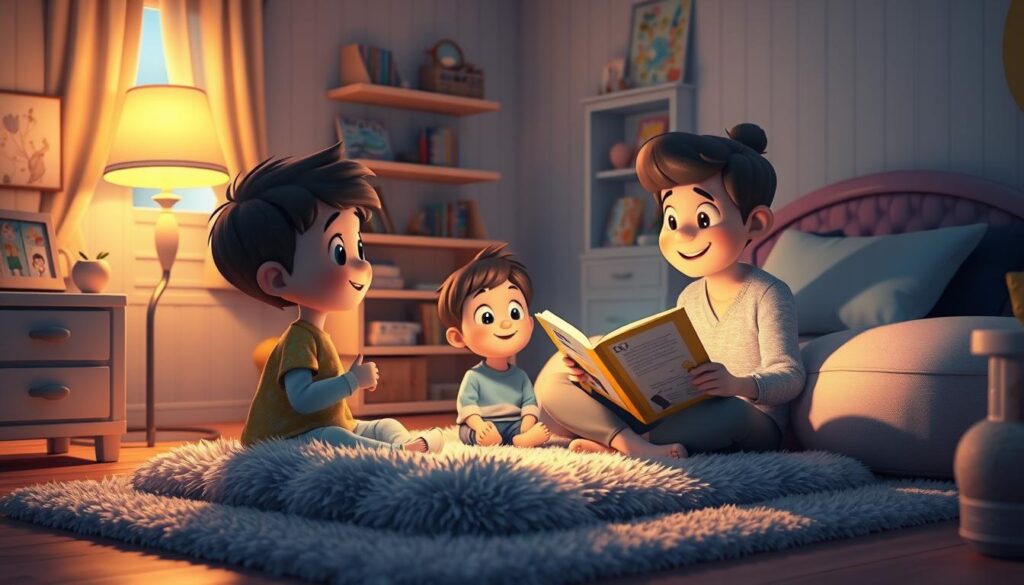
Using Interactive Techniques to Involve Your Child
Invite your child to predict what happens next or ask open-ended questions about the story. This keeps them engaged and encourages critical thinking. For example, pause before a key moment and ask, “What do you think the character will do?”
Studies, like the 2014 research by Williams and Horst, show that interactive storytelling enhances language development and memory retention. It’s a simple yet powerful way to make the story more dynamic.
Incorporating Props and Familiar Characters
Props can bring a story to life. Use simple items like stuffed animals or puppets to represent characters. Familiar objects or characters from your child’s favorite book can make the narrative more relatable and exciting.
For younger kids, props help them visualize the story. As they grow, these elements can spark their imagination and encourage them to create their own tales.
Blending Reading with Original Storytelling
Combine traditional reading with spontaneous storytelling to keep the experience fresh. Start with a book, then add your own twists or create a new ending. This approach adapts to your child’s interests and keeps them curious.
Adapt your style based on their age and responsiveness. Younger kids may enjoy repetitive phrases, while older ones might prefer complex plots and dramatic voice changes.
“Storytelling is not just about the words—it’s about the connection you build with your child.”
| Technique | Benefit | Example |
|---|---|---|
| Interactive Questions | Encourages critical thinking | “What do you think happens next?” |
| Props | Makes the story tangible | Using a puppet for a character |
| Blending Styles | Keeps the experience fresh | Adding a new twist to a familiar tale |
By integrating these tips, you can create a storytelling experience that not only entertains but also strengthens your bond with your child. This nightly ritual can lead to better sleep and a deeper connection during those quiet moments before bed.
Blending Classic Books with Creative Storytelling
Classic books have a way of sparking imagination that lasts a lifetime. They offer a treasure trove of narrative structures and character archetypes that inspire endless creativity. By blending these timeless tales with your own unique twists, you can create a story that resonates deeply with your child.
Drawing Inspiration from Timeless Tales
Books like Goodnight Moon and The BFG are beloved for their rhythmic language and memorable characters. These stories provide a foundation you can build upon. For example, you might add new adventures for the characters or change the setting to reflect your child’s interests.
Timeless tales also teach valuable lessons about courage, kindness, and resilience. By retelling these stories, you can emphasize themes that matter most to your family. This approach keeps the story fresh while preserving its core message.
Customizing Stories for Your Child’s Interests
Personalization is key to making a story truly engaging. Incorporate elements from your child’s daily life, like their favorite activities or school experiences. For instance, if they love dinosaurs, imagine the characters from The BFG exploring a prehistoric world.
Use props or visual cues to bring the story to life. A stuffed animal can become a beloved character, or a simple drawing can set the scene. These small touches make the story more tangible and exciting.
“Every child deserves a story that feels like it was written just for them.”
| Strategy | Benefit | Example |
|---|---|---|
| Adapt Settings | Makes the story relatable | Moving “Goodnight Moon” to a spaceship |
| Incorporate Interests | Boosts engagement | Adding dinosaurs to “The BFG” |
| Use Props | Enhances visualization | Stuffed animals as characters |
By blending classic books with creative storytelling, you can create a unique experience that your child will cherish. This approach not only entertains but also strengthens your bond during those quiet moments before bed.
Conclusion
Every night holds the potential to create a magical bond through storytelling. By focusing on pitch, pacing, and interactive involvement, you can transform a simple story into an unforgettable experience. Blending traditional reading with personal creativity and drawing on classic literature adds depth and excitement.
These tips, backed by years of research and expert insights, make storytelling both fun and effective. Even small changes—like adjusting your tone or using props—can make a big difference. Tonight, try one of these strategies and see how it enhances your time with your child.
This nightly ritual not only strengthens your bond but also promotes better sleep habits. It’s a special way to end the day, creating memories that last a lifetime. Share your reflections and continue the conversation beyond this article.
Every night is an opportunity to craft treasured moments through the power of storytelling. Embrace it, and watch the magic unfold.
FAQ
What makes a story engaging for kids?
An engaging tale combines relatable characters, a clear plot, and a touch of excitement. Using your voice to create mood and pacing keeps them hooked.
How can I make reading more interactive?
Ask questions, encourage predictions, or let your child choose what happens next. This involvement makes the experience more personal and fun.
Are props necessary for storytelling?
Props aren’t essential, but they can add a visual element that sparks imagination. Simple items like stuffed animals or picture books work wonders.
Can I mix classic books with my own ideas?
Absolutely! Blending timeless tales with your creativity allows you to tailor the story to your child’s interests while keeping it fresh.
How do I adjust the story for different ages?
For younger kids, keep it simple with short sentences and familiar themes. Older children enjoy more complex plots and character development.
What if my child gets scared during the story?
Pause and address their concerns. Use a calming voice and adjust the plot to include reassuring elements. Comfort is key.
How long should a story last?
Aim for 10-15 minutes, depending on your child’s attention span. The goal is to wind them down, not keep them awake.

